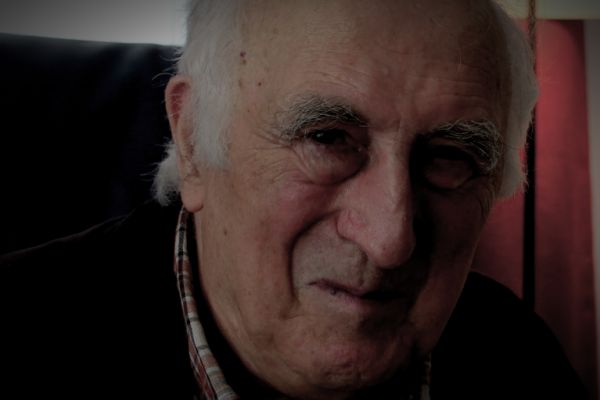MEN OF POWER have always abused that power. Every woman knows it, which is why none of us were surprised when #MeToo came for the church. But we weren’t prepared for Jean Vanier.
The details of Vanier’s story are well known by now, but they bear repeating. Vanier, who died in May 2019 at the age of 90, was the internationally celebrated co-founder of L’Arche, a global network of homes where people with and without intellectual disabilities live together in community. A Roman Catholic layperson who never married, Vanier was regarded by many as a living saint; his New York Times obituary hailed him as “Savior of People on the Margins.” His writings on spirituality and community were best sellers and universally revered as modern classics.
Vanier was also a sexual predator. A report following a posthumous investigation by L’Arche International, the organization that Vanier founded, revealed that he sexually abused at least six women in his spiritual care between 1970 and 2005. These six cases are the ones we know about. The women, none of whom knew each other, offered remarkably similar accounts of Vanier’s strategy of sexual predation within the context of spiritual direction.
L’Arche’s summary report is excruciating to read, because it reveals a pattern of manipulation and exploitation shot through Vanier’s role as a spiritual director. “He told me that this was part of the [spiritual] accompaniment,” one survivor reported. Even as she told him she was struggling to “distinguish what was right and what was wrong,” he pushed on, offering bizarre scriptural warrant from the Song of Solomon and—perhaps most chillingly—his contention that in their sexual interaction, “This is not us, this is Mary and Jesus.”
Read the Full Article

